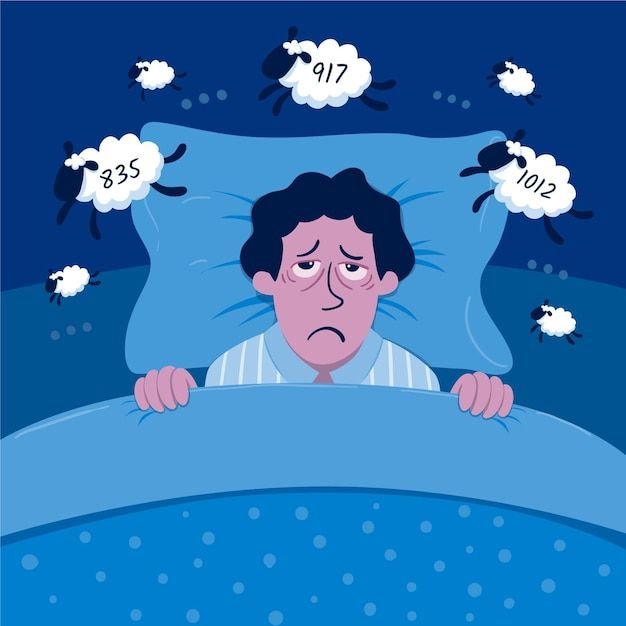Do kids grow out of ADHD as they get older? explain
Attention-deficit hyperactivity disorder (ADHD) is more commonly diagnosed in children. That raises the question of whether people outgrow it as they get older. ADHD is a neurodevelopmental disease characterized by difficulties focusing attention (for study or work), sitting quietly, and controlling impulsive behaviors. This means that people with ADHD are unique, and the distinctions persist throughout their lives. However, development is a dynamic process in which people evolve, mature, and improve their talents. If a person has ADHD, their symptoms may fluctuate over time.
When children change, ADHD can be simpler to identify.
As children’s talents mature, differences caused by ADHD may become more apparent. So, while hyperactivity may not be noticeable in a baby who waves their arms and legs around, it may become apparent as the child gains new skills and begins to run and climb. As children develop cognitive skills such as listening, understanding, and speaking, they must learn from others. This requires the child’s attention. As a youngster passes through school, the demands on their attention grow. Finally, a person must function autonomously as an adult. This could include a career, managing a household, and raising a family. ADHD cannot be formally diagnosed unless it impairs a person’s functioning. This will be determined by balancing their innate strengths with life’s obligations. As a result, a gifted child may not have to put up much effort in learning to read and write. However, as the child proceeds through school, lapses in focus, especially those that are protracted, may result in the loss of crucial information. If this occurs frequently, the individual may struggle to keep up, especially if catch-up studying at home necessitates a “super-human” degree of effort due to their trouble concentrating. Other youngsters may struggle with more basic learning or skills and be diagnosed earlier.
Brain differences and checklists
Studies on patients with ADHD reveal subtle changes in the overall size of the brain as well as the sizes of specific regions such as the nucleus accumbens, amygdala, caudate, and hippocampus. The brain also develops more slowly. These modest changes cannot be utilized to diagnose symptoms of ADHD . But they do show that ADHD is genuine. So the key to diagnosing ADHD is to answer the question: is this individual experiencing difficulty managing their lives (functional impairment) as a result of their impulsiveness or attention difficulties? Impairment is evaluated based on whether the individual is capable of higher achievement, causes unreasonable stress or disruption in class or work, causes unreasonable stress or disruption in the family, significantly affects peer relationships, is aware of difficulties, and has low self-esteem.
ADHD might look different over time.
A person’s skill to manage evolves throughout time. The treatment of ADHD is based on meeting a certain number of diagnostic criteria as well as demonstrating functional impairment. This may include using a symptom checklist. Globally, approximately 5% of children and 2.5% of adults fulfill the full diagnostic criteria for ADHD. ADHD may only be diagnosed during specific phases of a person’s life when the demands on their talents are greatest, such as entering a new educational stage or beginning a new career. ADHD is most commonly diagnosed in elementary school children, with more boys than girls. Checklists may not be the most effective technique to identify ADHD over time. Shutterstock
if ADHD is stable, why is it difficult to accurately diagnose?
As people mature, they develop coping skills that can make their ADHD less noticeable. Some individuals may not meet all of the diagnostic criteria because they have developed good coping techniques.
For example
When asked if they frequently lose items needed for chores or activities (such as keys, spectacles, or phones), they may say “No”. However, this is because they always hang their keys on the same hook as soon as they arrive home, and they keep their cell phone or glasses on a lanyard around their neck. Others may have learnt to regulate some of their impulsive behaviours. However, they may still demonstrate ADHD-related functional impairment. ADHD was previously thought to be only a childhood disorder, and diagnostic criteria were slanted toward finding hyperactive boys. The criteria are less applicable to adults, therefore people who were treated as children but no longer satisfy the full diagnostic criteria may be deemed to have ADHD “in remission” even if they continue to exhibit ADHD-related issues. The present diagnostic criteria are insufficiently sensitive to identify ADHD consistently. Instead of relying solely on symptom checklists for diagnosis, clinicians should seek to understand the individual’s lived experience of how their attentional difference affects their daily functioning – and how this may change over time as demands shift and successful strategies emerge.







